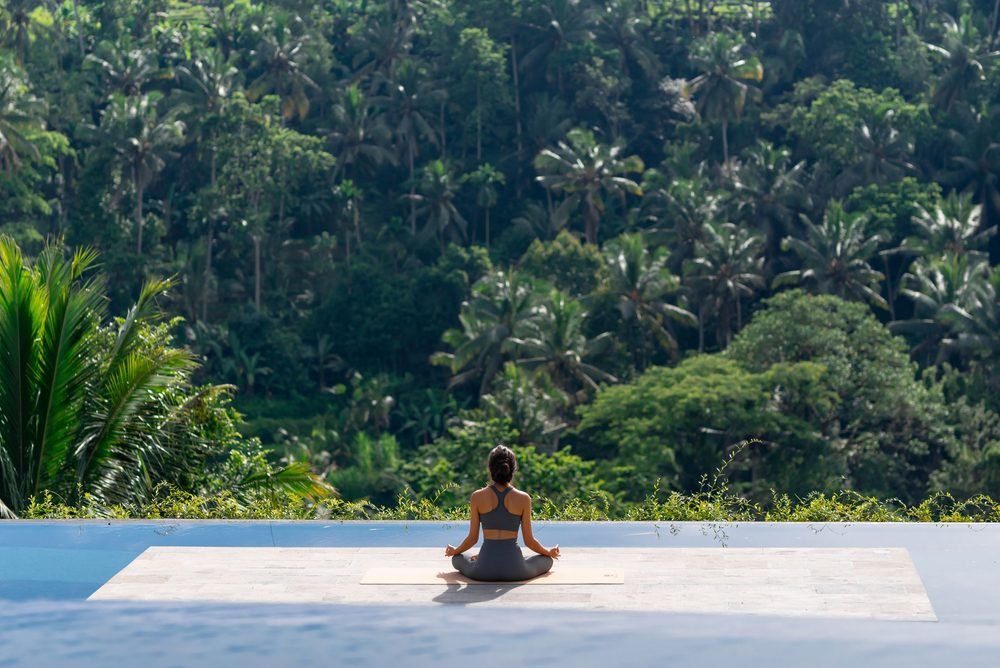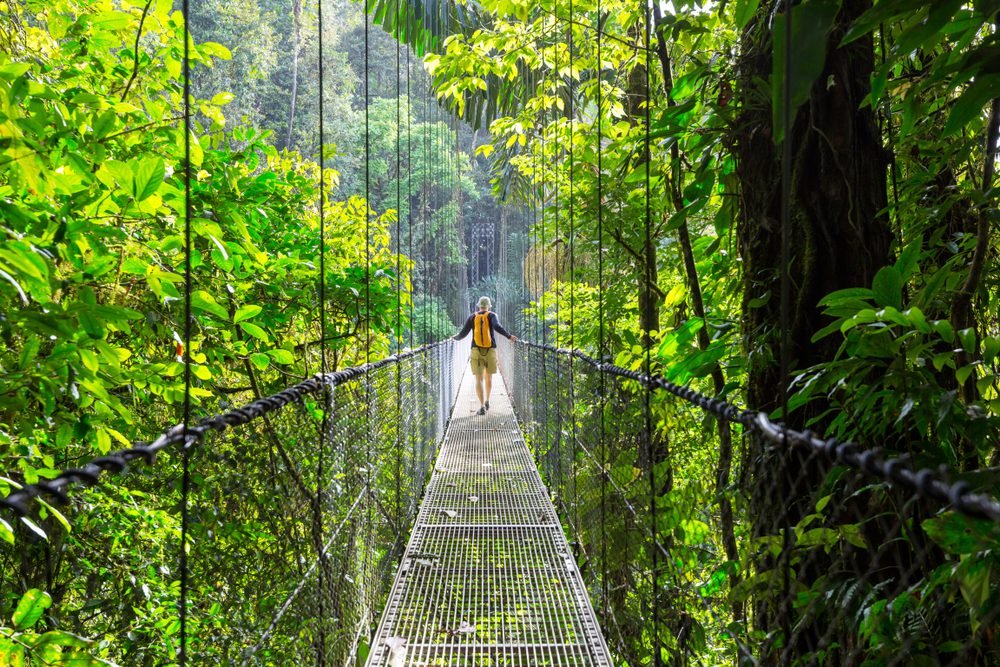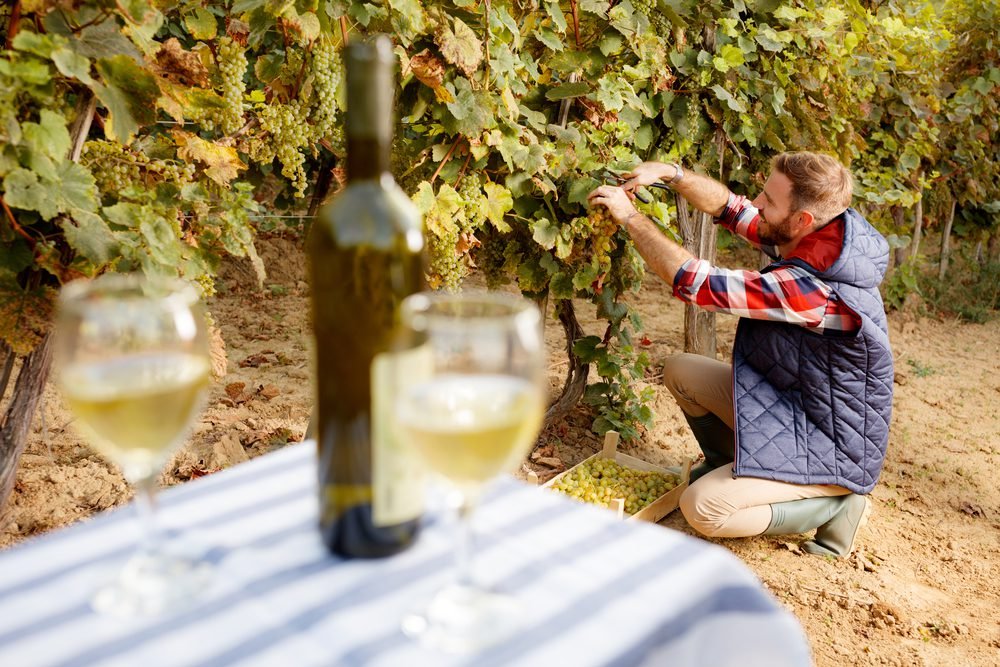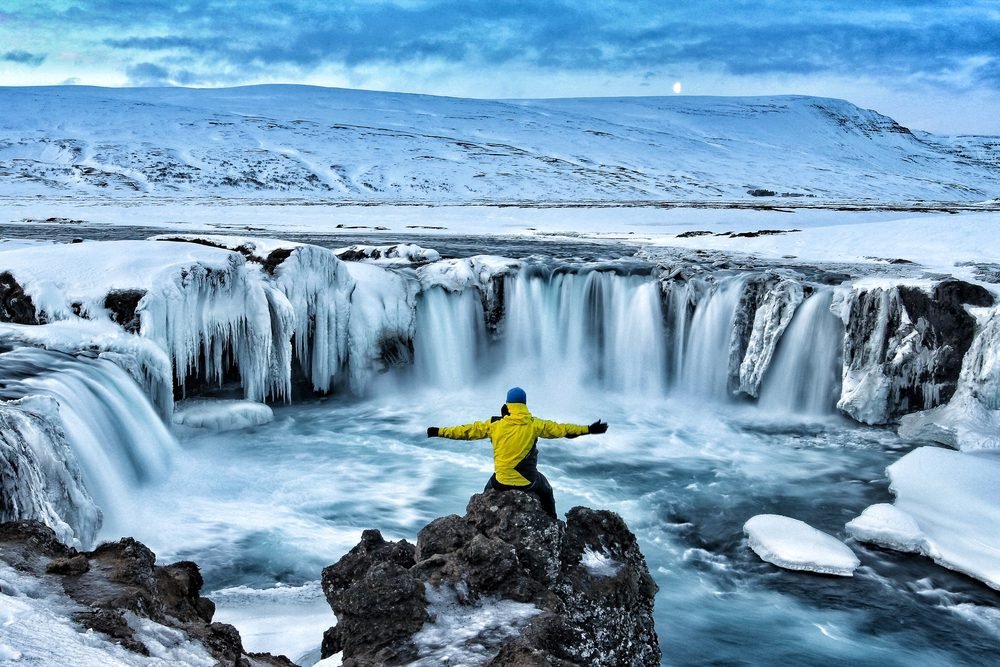Niche Marketing 101 for Destination Marketers
Destination marketing is a uniquely competitive field, with countless destinations vying for the attention of travelers around the globe. A well-executed destination marketing plan showcases the best that a destination has to offer, highlighting its one-of-a-kind attractions and experiences. Top destination marketers aim to provide a seamless and enjoyable experience for visitors, from pre-trip planning to post-trip memories. In order to stand out and effectively target your desired audience, it’s crucial to adopt a niche marketing approach.
What is Niche Destination Marketing?
Niche marketing targets a specific market segment by tailoring marketing efforts to meet their unique needs. By zeroing in on a narrow group of customers, destinations can make the most of their resources and effectively reach their desired audience. Differentiation is absolutely crucial for niche marketing as it helps destinations stand out from the competition and create a super distinct brand image. With the continued advancements in Artificial Intelligence (AI), travel brands now have better tools for predicting traveler interests and preferences, making it that much easier to target people by niche.
Why is Niche Marketing Essential for Destinations?
Niche marketing is uniquely important for destinations in 2023 because it sets the stage for marketers to differentiate their city from the many other options travelers have available to them. In destination marketing, niching-down helps destinations learn traveler preference, decreases competition, and leads to higher conversions. It’s particularly useful for Destination Marketing Organizations (DMOs) to cut through the noise and standout in a crowded market.
Niche Marketing Increases Engagement
Niche marketing boosts engagement by offering a tailored and personal experience to your target audience. By focusing on a specific group of customers and their personal likes, interests, and beliefs, destinations can better understand their needs and preferences and craft marketing efforts that speak directly to them.
In a study conducted by Explore Minnesota in 2019, Minnesota’s tourism board adopted a new strategy, serving ads not just to its traditional local markets, but also running ads nationally among “niche” audiences with a focus on hiking, biking, golfing, and culture activities. The study found that niche travelers in national markets didn’t need to have prior knowledge or an affinity for Minnesota to be positively impacted by the ads.
While interest in Minnesota among those without a Minnesota affinity was low prior to exposure to the ads, the niche ads had a significantly higher impact on visit interest among this national audience, jumping a whopping 16% (from 10% to 26%).
Niche Marketing is Less Competitive
In a crowded market, it can be challenging to differentiate oneself and attract travelers. Niche marketing helps destinations to focus on a specific group and create a unique value proposition, which sets them apart from the competition.
But remember, reduced competition is only a benefit of niche marketing when there is a significant audience to compete for. Kristen McCormick, an expert consultant for Icon Visual Marketing notes, “If your competitors aren’t targeting a niche because they can’t meet their needs, then that’s great news for you. If they aren’t targeting that market because it’s not lucrative, then you may not be at an advantage.”
Niche Marketing Results in Higher Conversions
Only 12% of marketers believe that their content marketing programs reach the right audiences. Investing in expert, niche content is a powerful way to differentiate your brand and stand out to a specific subset of users. The more you perfect your aim, the more likely you are to hit your target.
When you know what really excites your target audience, you can craft super specific and personalized messages that will hit home and drive conversions. Thanks to advancements in big data, AI, and automation, niche marketing has never been easier. Nowadays, even small brands have access to tools that can help them find prospects, gather info on demographics, make in-depth customer profiles, experiment, and then target those customers.
In 2022, a niche tourism study by GlobalData found that niche tourism is growing most rapidly among younger travelers. When asked whether or not their decision to buy a product or experiences was influenced by targeted, niche marketing, 27% of Gen Z travelers and 26% of Millennial travelers responded that it always influenced their choice. Younger markets would always prefer a personalized product or experience over a more generalized, one-size-fits-all approach.
How to Identify Your Destination's Niche Market
The first step in adopting a niche marketing approach for your destination is to identify your target audience. Consider factors such as your destination's unique features, cultural offerings, and visitor demographics to determine which type of traveler appreciate your destination the most.
Destinations new to niche marketing should conduct market research to gain a better understanding of their target audience's needs, preferences, and purchasing habits. Utilize online resources like social media, blogs, and surveys to gather valuable insights and inform your marketing strategy.
Here are a few questions to ask before deciding on a destination niche:
What is your destination good at?
AKA, who are you and what do you do best? This question encourages destinations to assess their strengths and determine what types of experiences and services they can offer that other destinations cannot. By focusing on their unique qualities (accessibility, LGBTQ+ Pride, or hiking trails, for example), destinations can tailor their marketing efforts to target groups of travelers who are specifically looking for these experiences and offerings.
What problem does your destination solve?
What can you do that no one else can? By addressing these needs and desires, destinations can create a unique value proposition and attract travelers who are looking for a solution to their travel needs.
Who is your dream visitor?
This question helps destinations to understand the demographics, interests, and preferences of their ideal traveler, allowing them to tailor their marketing efforts to reach this group. By focusing on their dream visitor, destinations can create a more personalized experience that appeals to this group and attracts them to the destination.
Is there a market for your niche?
By assessing the market, destinations can make informed decisions about the types of experiences and services they offer and ensure that there is sufficient demand for their offerings.
Most Popular Niches in Destination Marketing
Whether it's adventure and the great outdoors, wellness and relaxation, cultural heritage, food and wine, sustainability, family fun, or luxury, there is a niche for every type of destination that can be leveraged to make a lasting impression on travelers. Here are some of the top niches to consider for your destination:
Adventure & Outdoors Tourism: For destinations that offer exciting outdoor experiences such as hiking, rafting, and zip-lining, targeting adventure-seekers and thrill-seekers can be an effective approach.
Wellness & Relaxation Tourism: For destinations that offer spa treatments, yoga classes, and other wellness activities, focusing on health and wellness-conscious travelers may be a niche to consider.
Cultural & Heritage Tourism: For destinations with rich cultural history and heritage, focusing on travelers interested in experiencing local culture, history, and traditions can be a great way to stand out.
Food & Beverage Tourism: For destinations with a thriving food and wine scene, targeting foodies and wine lovers can be an effective way to appeal to travelers looking for culinary experiences like tastings, tours, ale trails and taco trails.
Sustainable & Eco-Friendly Tourism: For destinations that prioritize sustainability and eco-friendly travel, targeting environmentally conscious travelers.
Family & Kids Tourism: For destinations that offer fun and educational experiences for families and children, targeting families and parents with young kids.
Luxury & Indulgence Tourism: For destinations that offer high-end experiences and luxury accommodations, targeting affluent travelers can be a niche to explore.
Destination marketing is all about understanding your destination's strengths and identifying a niche that matches your destination's unique offerings and appeals to your target audience. By selecting the right niche, you can tailor your marketing efforts and reach the right audience, making your destination more appealing and memorable.
Marketing Strategies for Reaching Your Destination's Niche Market
Once you’ve identified your target audience, it's time to develop a marketing strategy to reach them. The following are some effective tactics to consider:
Content Marketing
Create engaging, targeted content that appeals to your niche market and positions your destination as a top choice for their travel needs. Utilize channels like social media, blogs, websites and email to promote your content, earn quality backlinks, and reach your target audience. Visitor experience platforms, like Explore, can provide the tools destinations need to deliver compelling, niche destination content in a unique experience visitors will love. Consider creating tourism trails, such as ale trails, taco trails or art trails, to attract visitors with targeted interests that align with your niche.
Influencer Marketing
73% of brands actively use influencer campaigns as a tool in their marketing toolbox, but instead of targeting influencers with millions of followers, destinations should seek out smaller, niche creators who have between 1,000 and 10,000 followers. Nano and micro-influencers often have very targeted followers with high rates of engagement and deliver at a lower price point. The biggest driver, though, is authenticity. Nano and micro-influencers are deeply connected to their communities and mastered the art of creating content that keeps people coming back for more.
User-Generated Content (UGC)
Encourage your visitors to share their experiences and photos on social media platforms. This can help generate positive buzz and build trust with your target audience. Destinations can incentivize the production of user generated content (UGC) through gamified experiences, like quizzes and Check-In Challenges.
Best Niche-focused Destination Marketing Campaigns
When it comes to niche marketing, some destinations have truly excelled in targeting specific groups of travelers and offering them a unique and memorable experience. From Costa Rica's focus on adventure and eco-tourism and Bali's emphasis on wellness and relaxation to Florence's rich cultural heritage, these destinations have effectively positioned themselves as leaders in their respective niches. Here are a few examples of destinations that have mastered the art of niche marketing:
Essential Costa Rica: Sustainability
Costa Rica is known for its stunning natural beauty, wildlife, and eco-tourism, and has marketed itself effectively to adventure-seekers and eco-conscious travelers around the world. Since designating its first natural reserve in 1963, an impressive 25% of the land in Costa Rica has been allocated to natural reserves, and more than half of tourists visiting Costa Rica are encouraged to visit one of the natural reserves through word-of-mouth and creative marketing campaigns.
Costa Rica’s 2019 “Only the Essentials” campaign promoted the country’s landscapes, nature, and adventure across billboards, buses, and taxis, and digital media across the US and Canada. The campaign was wildly successful. According to the National University of Costa Rica, today, ecotourism in Costa Rica generates more than 809 billion CRC annually (approximately 1.4 billion USD), making up 3% of the nation’s total GDP.
Bali Tourism: Health & Wellness
For years, Bali has been a popular destination for relaxation, offering yoga and meditation classes, spa treatments, and secluded retreat destinations. Wellness tourism in Bali has seen an annual growth rate of 7.5%, leaping from $563.2 billion USD in 2015 to $ 808 billion USD in early 2020. In 2022, Bali moved to diversify their tourism sector even further, with one type of tourism, in particular, emerging as a leading priority: medical, health, and wellness.
“Bali is not only a tourism destination for relaxation, but also for health-based tourism, including for healing and mental health care,” Bali’s Minister of Tourism and Creative Economies Sandiaga Uno said at last year’s G20 summit. Bali aims to achieve this in three unique ways: tap into Indonesia’s herbal and traditional medicine wisdoms and integrate them into the current medical system, market sports tourism to professional athletes under the umbrella of preventive health, and by hosting large medical conferences and attracting the world’s top-tier medical professionals and doctors.
Visit Napa Valley: Food & Wine
Napa Valley is one of the most famous wine regions in the world and has effectively positioned itself as a destination for food and wine lovers for decades. The region offers wine tastings, culinary classes, and gourmet dining experiences, appealing to travelers interested in experiencing the local wine and food culture. The region is so wine-famous, in fact, that word of mouth (62%) is by far the leading source driver of tourism, followed by general online search (44%)
Because of its niche success, lately, Visit Napa Valley has been focused on niching-down even further. With their 2017 partnership with AFAR Magazine, Visit Napa Valley created a series of content that introduced five makers of different backgrounds and expertise, each telling the story of how Napa Valley inspired their craft in a two-minute video. “We were trying to tell the story of not just the wine, art, food, culture and wellness that exists in Napa Valley, but also who these individuals are and how Napa Valley inspires them,” said Lisa Poppen, the Vice President of Marketing and Communications for Visit Napa Valley. Now, Napa Valley is not just known for its world-class wine and food, but also for the hard-working community that makes it happen.
Visit Iceland: Adventure
Iceland is known for its breathtaking natural beauty and sustainable tourism practices. For years, Iceland has marketed itself effectively to adventure-seekers and environmentally conscious travelers worldwide. In a study focused on exploring adventure tourism in Iceland, research found that over 74% of travelers said that nature had influenced their decision to visit Iceland. Tourists were particularly interested in unique outdoor experiences: 62% visiting Geothermal swimming pools, 35% participating in whale watching tours, and 12% signing up for hiking tours.
To cater to its largest market, Iceland leans into what it does best: wildly viral videos. Their first viral marketing campaign, “Let It Out,” which involved Iceland giving would-be travelers a “luscious place to let out their pent-up frustrations as cathartic primal screams”, generated 2.5 billion impressions in just two weeks and made Iceland the #1 preferred travel destination among its target audience. It also led to a 48.5% increase in booking searches and 5.7x increase in booking intent, despite being outspent by other destinations 8 to 1.
Visit Orlando: Family
Orlando is home to world-famous theme parks and attractions, making it a popular destination for families and children. The city has effectively positioned itself as a destination for family fun and adventure. In 2021, Visit Orlando launched their first multi-state marketing campaign since the start of the pandemic, The Wonder Remains, with a sharp focus on family safety and affordability. The $2.2 million campaign promoted travel to Orlando on multiple family-focused consumer channels, including digital, social, streaming and TV ads.
The campaign paired compelling imagery of its world-famous theme parks, attractions, elaborate resorts and outdoor activities with essential information on the region's standout Covid- safety measures. Affordability for all types of families was also a key focus for this marketing campaign, with Visit Orlando connecting consumers to over 100 deals on VisitOrlando.com through the campaign.
Visit Monaco: Luxury & Indulgence
Monaco is known for its luxury lifestyle and upscale experiences and has marketed itself effectively to affluent travelers looking for high-end experiences. How do they brand themselves as the international capital of luxury? Partnerships with luxury brands like Louis Vuitton, Chanel, and Hermes, high-profile, big-dollar influencer campaigns, and super-targeted participation in destination marketing at luxury travel trade shows and events such as ILTM (International Luxury Travel Market) and IMEX (International Meetings and Events Exhibition).
Another big piece of Visit Monaco’s niche marketing strategy is thought leadership. In 2022, Visit Monaco gathered more than 50 travel professionals for a VIP-only industry soiree to lead a discussion about the trends that are currently shaping the present and future of the luxury segment world-wide.








